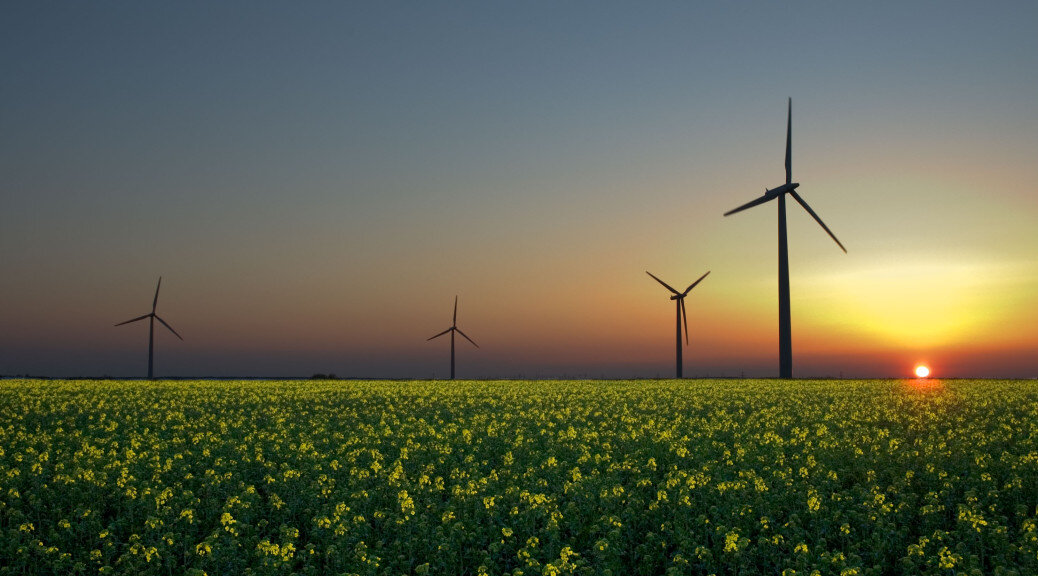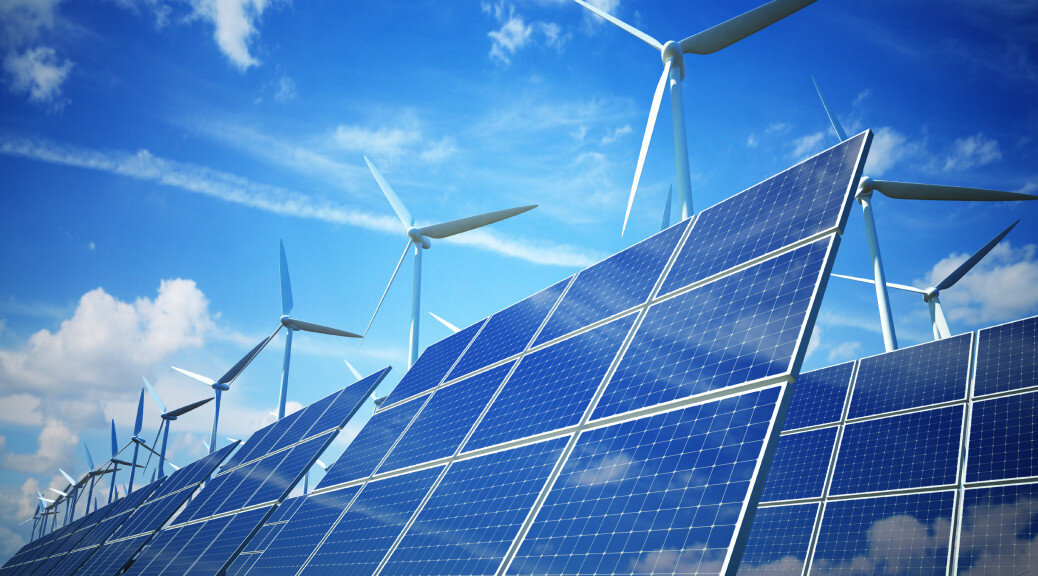
The CEA Blog
Paris Negotiations: How Does Colorado Fit in?
In this infographic, CEA takes a look at how Colorado’s actions (or inaction) to mitigate climate change fit into the global framework of a 2 degree Celsius limit on global average temperature rise. In the context of this goal at the heart of the Paris negotiations: how does Colorado fit in? Specifically, how do Colorado’s projected emissions from electricity fit in?
CEA Releases Annual Report, Celebrates a Decade of Speaking Truth to Power
The end of 2015 represents an important milestone for Clean Energy Action. Founded in 2005 to oppose the construction of Colorado’s last coal-fired power plant, Comanche 3, we are proud of the organization that has evolved over a decade of powerful action and catalytic research on behalf of our climate.
As we celebrate a decade of speaking truth to power, this report focuses on CEA’s most significant achievements with an emphasis on the last two years.
Infrared Video Reveals Gas Leaks
While the naked eye cannot detect methane, infrared photography can. Forward looking infrared technology – the same thermal imaging technology used by the military to track targets that give off heat – allows us to visualize large plumes of methane and volatile organic compounds escaping from fracking sites.
Comparing Climate Action Plans
As governors from three states – California, New York and Colorado – release plans or sign legislation related to climate change and renewable energy, it is clear that Colorado no longer leads on these issues.
Colorado Coalition for a Livable Climate Reaction to the 2015 Colorado Climate Action Plan
Fort Collins, CO – Member organizations of the Colorado Coalition for a Livable Climate (CCLC) were disappointed to learn that the 2015 Colorado Climate Plan, which was released today by the Hickenlooper Administration, makes only cursory reference to the greenhouse gas emissions reduction goals established by the Ritter Administration. The Plan does not acknowledge that the State is currently falling far short of achieving those goals.
How Old Will You Be When We Blow Our Carbon Budget?
Our infographic explains carbon budgeting and just how much time we have left before our carbon budget is exhausted.
A Massive Open (Money) Pit
As the nation’s 4th largest coal producer, Alpha Natural Resources, muddles through Chapter 11 bankruptcy proceedings, it has struck a deal with the state of Wyoming regarding land reclamation obligations left unpaid due to the inadequacy of relying on “self bonding” for reclamation of its massive open pit mines.
February 2021 PUC Update
Clean Energy Action’s Colorado Public Utility Commission updates are provided courtesy of E9 Insight. Please contact hello@e9insight.com with any additional questions.
Rate Cases: Impacts to Your Bill
20M-0251E Investigation of Electric Utility Retail Rates
On January 27, the Colorado PUC voted to send the Utility Retail Rate Report to the General Assembly, as was required by Senate Bill 19-236. The report was sent on February 1, containing a statewide electric retail rate survey; an average electric rate calculation; recommendations for rate relief; and a general description of ratemaking and utilities in Colorado. The report found that investor-owned utilities are responsible or 56% of retail electricity sold in Colorado (Xcel accounting for 53%). Average residential rates were determined to be 12.18 cents/kWh (for reference, the average EIA price in 2020 was 13.01 cents/kWh); when combined with the commercial and industrial rates, the overall statewide average was 9.95 center/kWh. Staff determined that rates more than 25% of this average should be considered “materially greater” than average, and found that Black Hills Energy has rates that are 34% above the statewide average. The PSC recommended that Black Hills open a new rate case, increase funding for its Energy Assistance Program, investigate time-of-use rates, reduce cost of debt, and/or to develop a special contract or economic development rate. In the longer term, the PUC recommended exploration of community choice energy (with appropriate guidance from the legislature), increased use of renewable resources, and taking local economies into consideration.”
Resource Planning: Your Power, Your Community
21M-0061E Clean Energy Plans
In accordance with the 2019 SB 19-236, Public Service Company of Colorado must file a Clean Energy Plan as its next Electric Resource Plan by the end of March 2021. In early February, the Colorado PUC opened a new proceeding outlining the legislative history and requirements of the Clean Energy Plan (CEP). The opening notice emphasized that the Air Quality Control Commission cannot mandate GHG emission reduction targets by 2030 more than what is required from the commission-approved CEP. Additionally, in January 2021, the state released Colorado's Greenhouse Gas Pollution Reduction Roadmap. The PUC therefore established this proceeding to enable further consultation with Colorado state agencies to engage in at least one workshop discussion regarding statutory obligations.
Business Models: Moneymaking, Programs, and Regional Impacts
19M-0495E Energy Market Analysis - Colorado Transmission Act
On January 28, the CO PUC held an informational meeting regarding western regional markets and potential benefits/costs to Colorado joining an energy imbalance market (EIM). The session reviewed three recent market studies which compared CAISO's WEIM, SPP's WEIS, business as usual, or Colorado's formation of a statewide joint dispatch agreement. Generally, the studies affirmed that the most benefits will be achieved if Colorado utilities make a singular choice, likely to join CAISO's WEIM due to the renewable energy penetration in this region.
Presentations from the conference included an Xcel powerpoint which confirmed that the utility will enter the WEIM in April 2022. According to their analysis, by 2022 the WEIM will include approximately 80% of load in the Western Interconnection, and WEIM parties are also exploring an additional day-ahead market. The presentation highlighted the benefits of RTO participation, and noted that "PSCo is interested in establishing [transmission] seams coordination agreements with SPP and the WEIS participants to ensure the efficient use of the facilities in Colorado."
20M-0267EG Implementation of SB 20-030 (Consumer Protections)
On January 28, the Colorado PUC directed Black Hills Energy to file additional information about their COVID-19-related disconnections. Black Hills reported a total oy 1,861 residential disconnections in the latter part of 2020, and the PUC stated, "We are concerned that this level of disconnections is approaching the level of disconnections BHCE undertakes in years when COVID-19 is not a factor; that it may represent a disproportionate percent of BHCE’s residential customers as compared to other utilities; and that it is unclear how long customers are disconnected before they are reconnected."
Plus, a notable news release…
On January 4 2021, Xcel Energy-Colorado and partners PacifiCorp and the Salt River Project announced plans to close the Hayden Generating Station by 2028, over eight years earlier than initially planned. The first unit will be retired by 2027, and the closure is cited as part of Xcel Energy’s plan to reduce carbon emissions by 80% by 2030.


















